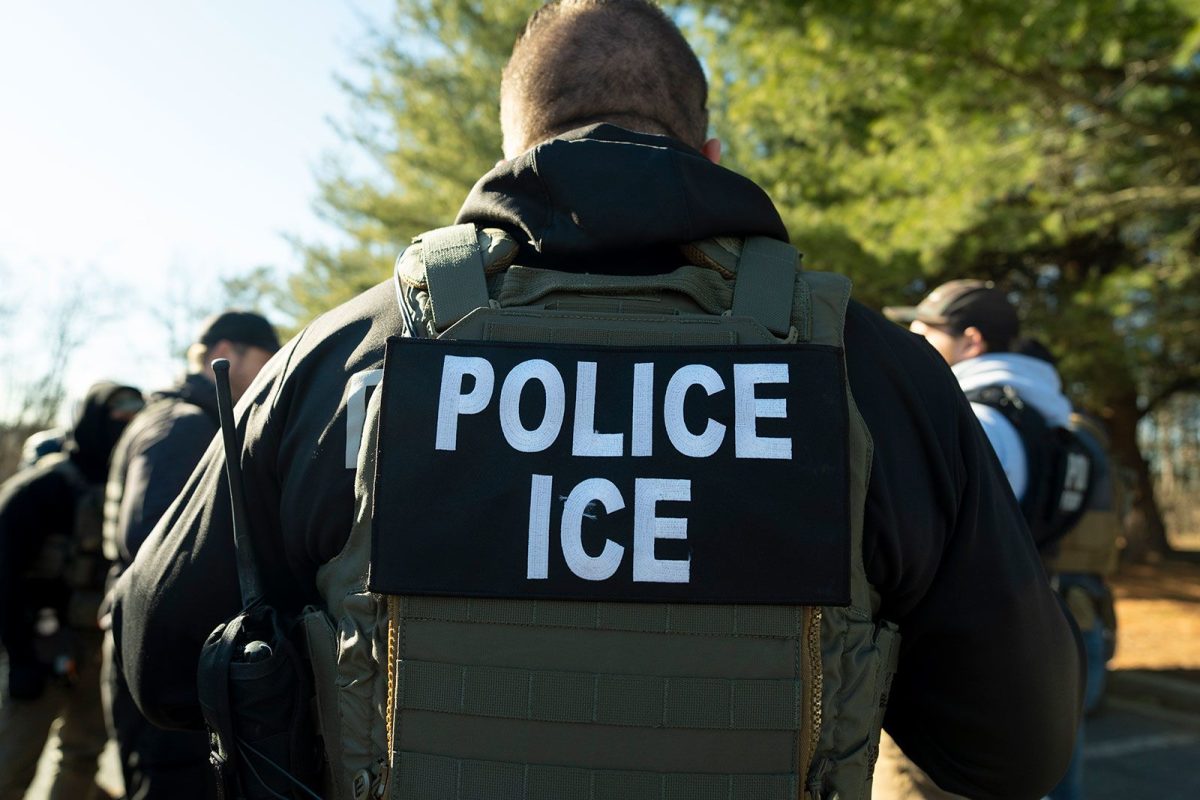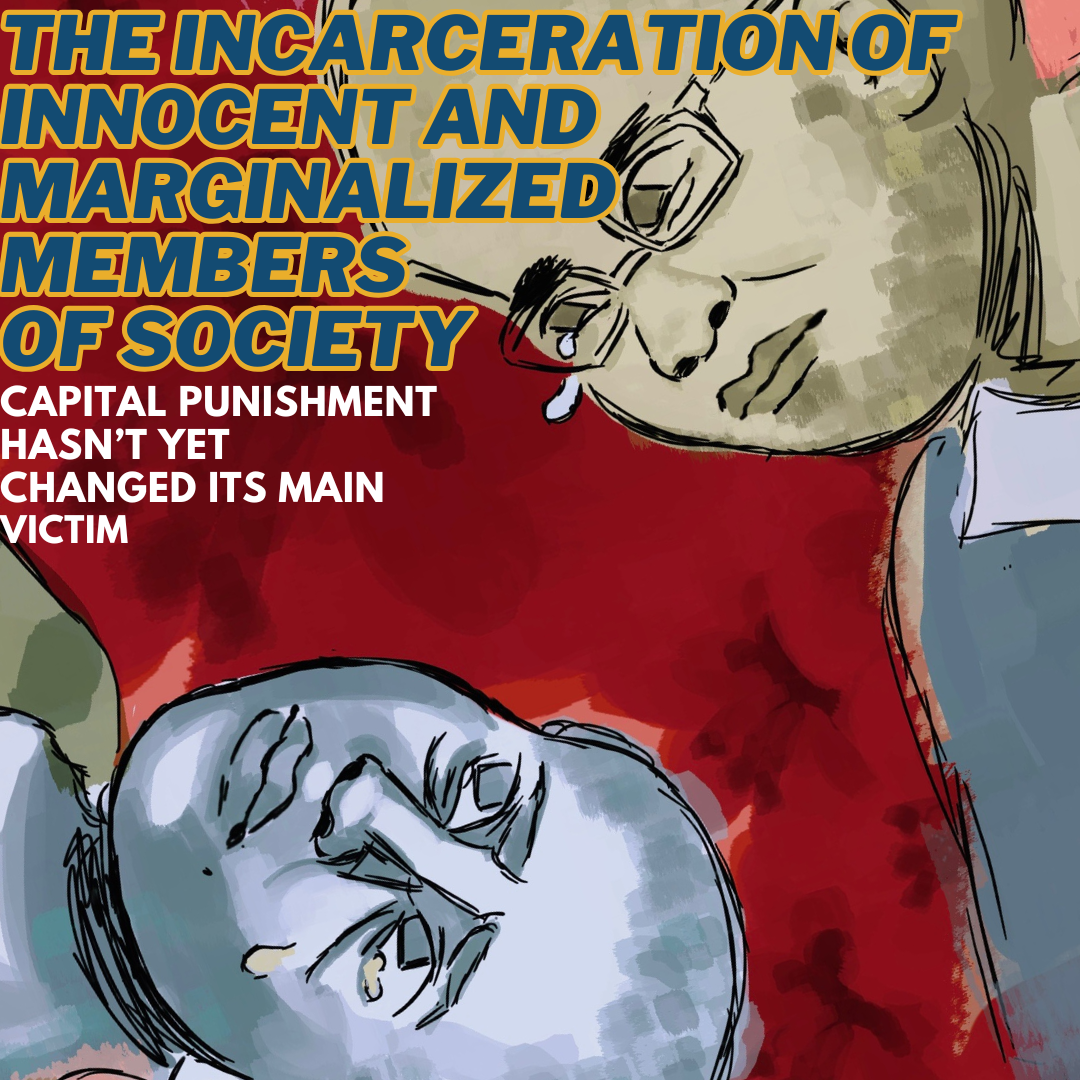Martin Luther King Jr. writes in his famous “Letter from Birmingham Jail”, “Any law that degrades human personality is unjust…[a]n unjust law is a code inflicted upon a minority which that minority had no part in enacting or creating because they did not have the unhampered right to vote.” In his time, King fought against the racial and societal injustices perpetuated by the white political and social majority against black people in the United States. He famously believed in the principle of nonviolent resistance, a method and philosophy that King shot to the forefront of American society.
While King believed in nonviolence, he didn’t view it as a passive idea; instead, he believed that the only way to successfully change a society through nonviolent resistance is to actively reject and oppose the rules and expectations placed upon oneself by that society’s institutions. King lays this out in his 1958 book, Stride toward freedom; the Montgomery story, where he writes, “Nonviolent resistance means neither cowardice nor passivity. Nonviolent resisters are not cowards but strong individuals; it takes strength to resist the use of violence.”
King’s methods, in some senses, still involved violence. The violence was just against an oppressive system, not the individuals perpetuating that system. The reason that the Civil Rights Movement was so successful was the sheer amount of people dedicated to resisting the violent, oppressive society they lived under, and their willingness to go against the norms of that society.
An important aspect of nonviolent resistance is its willingness to still break laws, just through nonviolent means; breaking segregation laws and protesting without a permit or approval were both vital parts of the push for racial justice in the United States. Black men and women peacefully sitting at a restaurant counter before being violently beaten and thrown into a jail cell disgusted and opened the minds of many people to the injustice in our country.
How though do the principles that King espoused apply to modern injustices?
After the Trump administration took power earlier this year, he began an inflammatory and racist campaign against immigrants within the United States. The New York Times reported on him revoking visas over anything from condemnation of Charlie Kirk and Israel’s genocide against Palestinians to deporting legal US residents who have lived in our country since before they could walk. The administration’s actions against foreign born residents knows almost no bounds, but their most egregious violations come against people who have immigrated to our country illegally, almost always in the hope of finding a job and a better life. The main enforcement branch of Trump’s immigration policies is the DHS and its law enforcement agency: ICE.
The Miami Herald reported that the administration is on pace to deport about 600,000 people this year, more than a doubling compared to the 2024 number of 271,000 under Biden. The vast majority of the people arrested and deported are non-criminal, and their only crime is being born in the wrong country.
ICE’s tactics have been called into question numerous times within the past few months. One example of this is their use of blatant racial profiling when making an arrest. ICE has no authority over US citizens, they can’t arrest or detain them unless they are obstructing ICE operations, and they rely on physical traits to determine if they believe that someone is an illegal immigrant, a practice that the Supreme Court explicitly greenlit in the case Noem v. Vasquez Perdomo this September. This leaves the door wide open for bias in their enforcement actions; an illegal immigrant from Canada or Europe would be extremely unlikely to get arrested by ICE compared to one from Latin America.
ICE has also often used dangerous crowd control methods, displaying a shocking lack of training. Their use of tear gas and pepper balls against protesters in Broadview, Illinois led to a pastor getting shot in the head with one of those pepper balls while peacefully protesting, as well as inadvertently tear gassing Chicago police officers while defying a court order barring their use of the chemical irritant, according to reporting from CNN and The New Republic.
These actions all show a clear connection to crackdowns against peaceful protestors during the Civil Rights Movement, and make many wonder if the same methods of resistance employed during that time could be used now.
Looking at historical movements and our contemporary situation, the clear answer to that is yes.
Social movements aimed at changing the way we live our lives are uncomfortable in their times. The exigence of MLK’s “Letter from Birmingham Jail” was criticism from southern church leaders, who called for “patience” and said that then was not the right time for change. Civil rights movements must inherently make people uncomfortable, but in retrospect, there is scantily a movement that we look upon unfavorable now. Gallup polls conducted in August of 1966 found that 63% of US adults held an unfavorable view of MLK, in August of 2011, it was only 4%.
I say all of that to display how people’s opinions change over time in regards to social issues. If the Civil Rights Movement was able to change the very fabric of our nation when its leader was viewed unfavorably by 63% of Americans, think of what concerted effort could do against the ICE, which a Pew Research Center poll from September of this year found has only a 40% approval rating.
Civil disobedience and protests like those practiced by MLK are a necessity to stop the dangerous immigration practices of the Trump administration. Protecting immigrants being targeted by ICE, protesting in places where ICE agents are working, and Congresspeople exercising their oversight powers over immigration facilities at every opportunity are all needed to incite change. Members of the Civil Rights Movements disregarded the legality of laws, instead looking at their morality, and it’s imperative to apply the same framework when analyzing whether to follow any law or rule. PBS Wisconsin reported on Judge Hannah Dugan, who was arrested and charged with felony obstruction after escorting an illegal immigrant and his lawyer out the court building when she learnt that ICE officers were waiting to arrest him outside. Her trial date is set for December of this year, so while her legal culpability in this case isn’t established yet, her moral culpability is, and we should hardly condemn someone wanting to protect members of their community after seeing the practices that ICE employs.
Southern states during the Civil Rights Movement and ICE have many things in common. They both restrict civil rights and violently repress minorities, in one case being Black citizens and in the other largely Hispanic noncitizens. In both instances, civil disobedience is a required step to stop that repression. It’s the responsibility of everyone to take the lessons that MLK taught us, and apply them to our modern day if we want to incite change.









